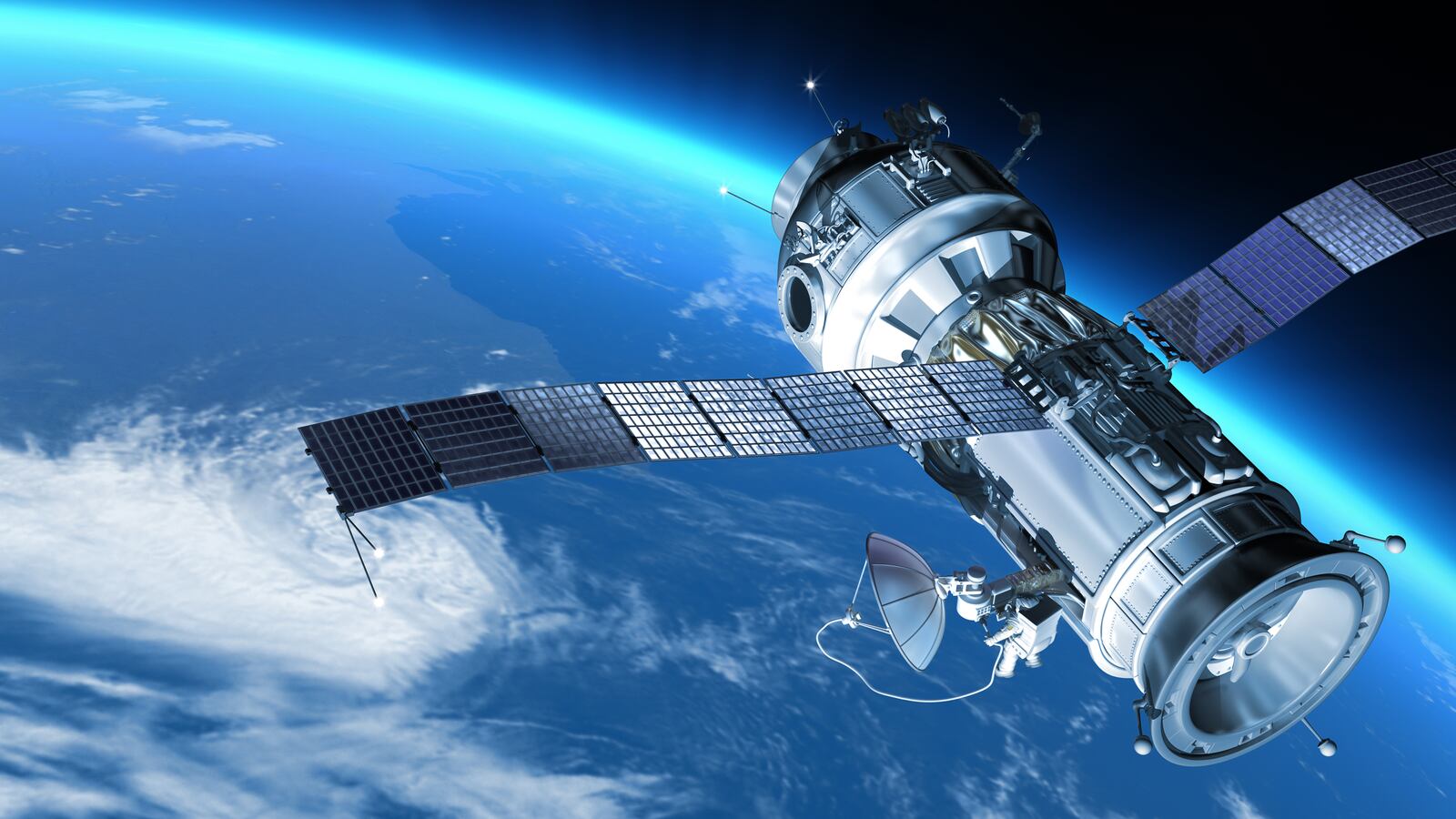Five days after a plane carrying 239 passengers disappeared into thin air, the international community is desperate for an answer.

Any morsel of rationale for why the “supremely safe” Boeing 777 vanished is swallowed like a pill. A brief report claiming the Royal Malaysian Air force had detected the missing plane “hundreds of miles off course” dominated the news cycle Tuesday night, only to be retracted when the air force chief spoke out, denying it. The false claim is one of at least a dozen coloring the narrative. Other offenders are apparent “debris” sightings, passenger cellphone calling, and lethal terrorist identification.
But as the media plays tug-of-war over why a seemingly well-functioning plane disappeared on a simple trip from Kuala Lumpar to Beijing, one American company is focusing on where it could’ve happened.
Using high-resolution satellite images and the eyes of any human that’s willing to help, earth imagery company DigitalGlobe launched a campaign to scan the Gulf of Thailand for survivors. “If you ever looked at Google Earth or Apple maps, you’ve seen DigitalGlobe’s work,” Luke Barrington, the company’s senior manager of geospatial big data. With five high-resolution satellites in space, DigitalGlobe is the leading earth-imagery company in the world, offering services to clients that range from the defense community to the oil experts.
The project itself is fueled by Tomnod, a pioneering crowdsourcing platform that DigitalGlobe purchased last April. Tomnod, which is entirely user-driven, outsources the analysis of satellite photos to anyone with the time and energy to review them.
Previously used for disasters and crises ranging from tsunamis to wildfires, it was DigitalGlobe’s users who concluded that it would be useful in the Malaysia mystery. At the best of them, the company began making images of the potential crash sites in the Gulf of Thailand public on their website. Anyone who is willing to review one pixel of this vast space (roughly the equivalent of a homeplate) is able to.
The response was overwhelming. In just 24 hours, nearly a half a million people had jumped in to help on DigitalGlobe, viewing roughly 1 million maps per hour. In the images from the satellites—which are retrieved daily—users tag can anything that looks even remotely out of place. “Most commonly tagged objects right now are the ships and boats involved in the search and the oil slicks on the sea surface,” the company said in a statement to the press. “With new collects coming in every day, we’re always trying to find the right places to look.”
By Tuesday afternoon, the massive amount of users on Tomnod’s site caused it to crash, prompting a press release from DigitalGlobe to apologize. “We are working to best handle an unprecedented level of web traffic and interest in supporting the search. Please check back soon.”
The campaign is both thoughtful and innovative—capturing the attention of nearly every website and television network. But in the absence of any clear data on where the plane disappeared and when, DigitalGlobe’s mission is in danger of becoming an online global goose chase.
Luke Barrington begs to differ. He has a history to prove it. The thirtysomething started Tomnod with a few friends at the University of California San Diego several years ago. The first search and rescue mission mapped an effort to find two friends who had gone missing while hiking in the Peruvian Andes. After one user spotted footsteps in the snow near the edge of a cliff, Tomnod alerted law enforcement. Just hours later, they discovered the two bodies in the snow.
The Malaysia campaign, while on a larger scale than any Tomnod has taken on before, is driven by the same mission. “Our eyes and brains are still the best information processing tools on the planet, Barrington tells The Daily Beast. “People are really familiar with satellite images today. They use them a lot so they can identify objects easily. We’re trying to tap into that.”
Headquartered in Longmont, Colorado, the company is no stranger to assisting on a national level. Among DigitalGlobe’s specialities listed on their website are: defense and intelligence, public safety, civil agencies, map making and analysis, environmental monitoring, oil and gas exploration, infrastructure management, navigation technology. But for this campaign, which assigns each user an individual pixil to study for oil, debris or any other suspicious-looking things, the stakes are much higher.
“We’re taking these huge images and dividing them up into many tiles, essentially,” Barrington explains. “It’s not difficult. You can really clearly see things, people have been tagging white caps.”
Against all odds, DigitalGlobe is pushing for a happy ending. “You’ve got to be hopeful right? That’s what’s getting people to come to this story across the world…people are captured by this story,” Barrington says. “Even if the ending is ultimately unhappy, finding closure is part of the process; finding out where it happened and giving answers to people who don’t have them. If our satellites capture an image in which there is evidence of this crash, we’re going to find it.”






